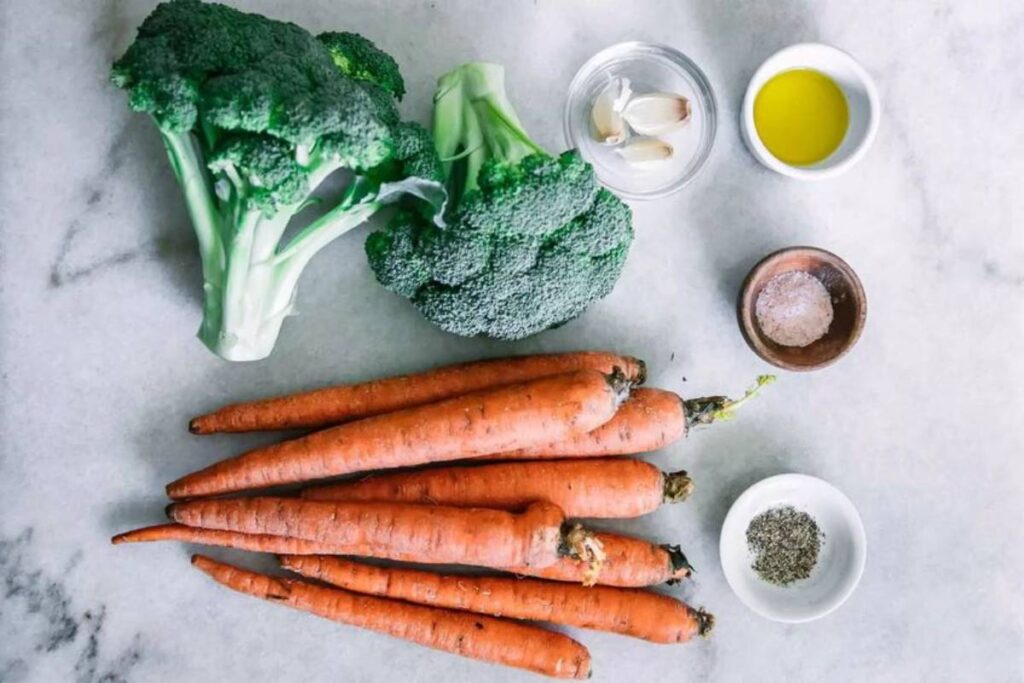
Fiber has numerous health benefits that affect every aspect of the human body. These advantages include lowering the risk of diabetes and heart disease while effectively managing blood sugar levels. Additionally, fibers help with weight management, easing constipation, and enhancing heart health.
However, despite these advantages, many people are still unaware of the best sources and recommended daily intake. According to Karen Collins, “Boosting consumption from food should be strategy number one when it comes to fiber since high-fiber foods supply key sources of antioxidant nutrients and natural plant compounds that contribute to an anti-inflammatory, cancer-protective diet.”
Collins added that the importance of including healthy foods in your daily diet cannot be overemphasized. Karen Collins, MS, is a registered dietitian and nutrition advisor at the American Institute for Cancer Research.
What Are Fibers and Their Sources?
One benefit of including high-fiber foods in your daily diet is that they aid in energy management. This is particularly useful considering that overconsumption of energy leads to obesity and other health issues. Such foods stand out among carbohydrates for their low energy density, which helps control appetite and promote feelings of fullness.
ALSO READ: Rare Orange Lobster Returns to Its Habitat After Rescue From a Long Island Stop & Shop
According to experts, fiber regulates energy levels and prevents blood sugar spikes while maintaining stable energy. This simply means that, unlike regular carbohydrates, it helps with energy regulation, making it crucial for morning meals.
This makes breakfast foods such as oatmeal with strawberries on the side, multigrain avocado toast, or any number of cereals some of its best sources. According to Collins, complete plant meals like whole grains, vegetables, fruits, brown rice, quinoa, whole-grain pasta, crispbread crackers, and pita bread are additional vital sources.
She added that legumes such as lentils, dried peas, and soy foods are high-fiber sources. Additionally, Collins recommended beans, either prepared from dried beans or, for convenience, canned beans, as another viable source.

Which Has More Fiber, Apple or Banana?
Generally, apples have a lower glycemic index and calories than bananas, which are higher in potassium, magnesium, manganese, vitamins C, B6, A, and folate. When compared, apples and bananas have almost similar fiber content, although apples’ is higher.
While a banana offers roughly 3.1 grams, an apple provides about 4.4 grams while offering both soluble and insoluble fiber. While the insoluble one stays solid and facilitates the passage of food through your digestive system, soluble fiber dissolves in water and aids in digestion.
POLL—Should the Government Implement Stricter Penalties To Combat Retail Theft?

Which Vegetables Are High in Fiber?
Eating many vegetables is a fantastic way to add fiber to your meals. Consuming vegetables, such as carrots, broccoli, and lentils, increases your intake. For adult women and adult males, respectively, the Dietary Guidelines for Americans suggest consuming around 25 grams and 35 g per day.
However, most people’s diets do not provide them with nearly enough fiber content. Therefore, by identifying vegetables with high fiber content, you can effectively introduce them to your diet plans.
When identifying a vegetable with a higher fiber content, the trick is to observe its color because the darker the color, the higher the fiber content. The vegetable with the most fiber content is broccoli, which contains a serving of 5.14 g per cup. This is followed by carrots, beetroot, cauliflower, bitter gourd, and eggplant.

How To Eat More Fiber?
Because high-fiber provides numerous health benefits, people are often left wondering how to include it in their daily diet. Adults should consume about 22 to 34 grams of this daily, depending on their age and gender.
According to the Centers for Disease Control and Prevention (CDC), that translates to eating around six apples daily. For breakfast, choose a high-fiber breakfast cereal with five or more grams per serving.
Consider adding more legumes to your diet, such as beans, peas, and lentils. As always, include more fruit and vegetables in your daily meals.
WATCH: Dining Out? Tips for Nutritious Restaurant and Takeout Meals

What Are Good Fiber Supplements?
Inulin, psyllium (Konsyl, Metamucil, and other brands), and methylcellulose (Citrucel) are common fiber supplements. However, it is ideal to obtain it directly from food, as supplements lack the vitamins and minerals that come from a diet high in fiber.
Additionally, intake of supplements may result in gas and bloating in the abdomen. Consequently, before using it, people with digestive problems like Crohn’s disease should consult their doctors.
You Might Also Like:
Overdue Book Returned to Virginia Library After 50 Years
Rare Orange Lobster Returns to Its Habitat After Rescue From a Long Island Stop & Shop
Creative Tips and Tricks to Maximize Your Makeup
James Ivory Opens Up About Why He Didn’t Come Out in the ’90s
Daily Dental Care Habits for a Healthier Smile
